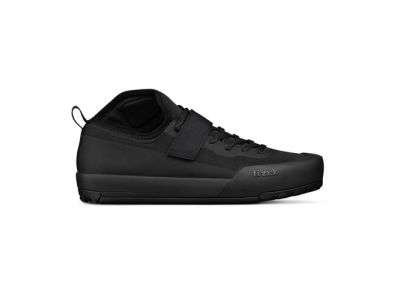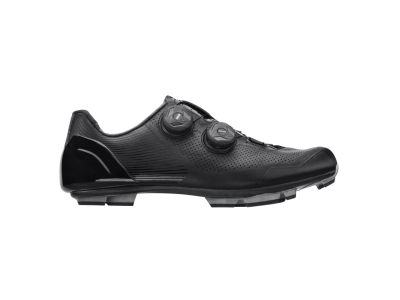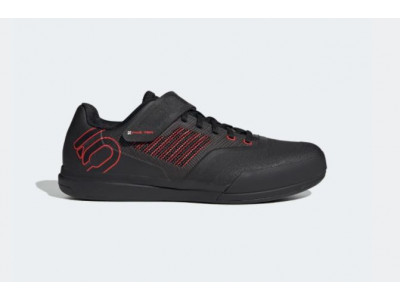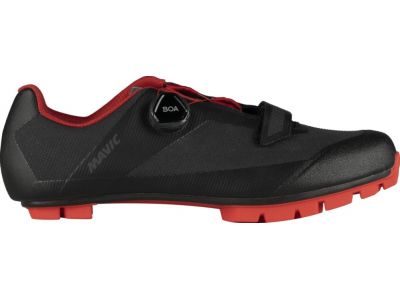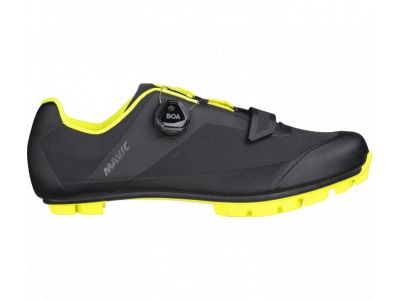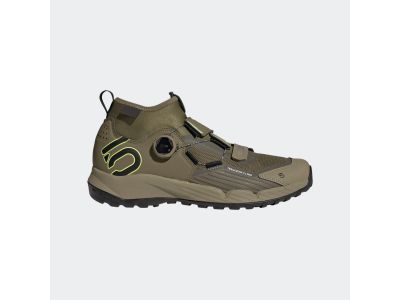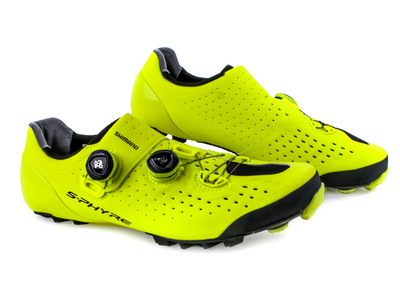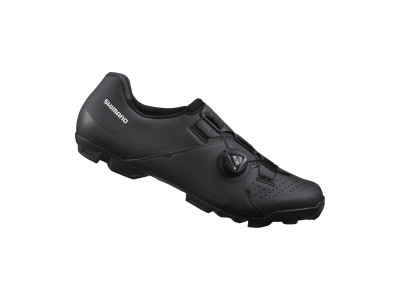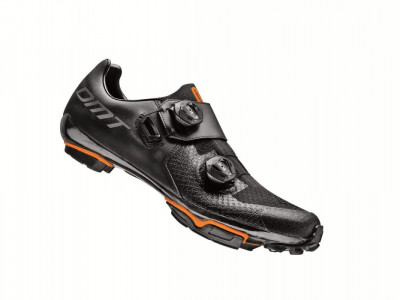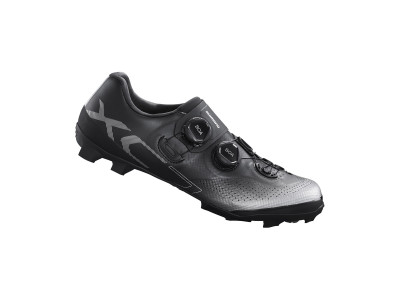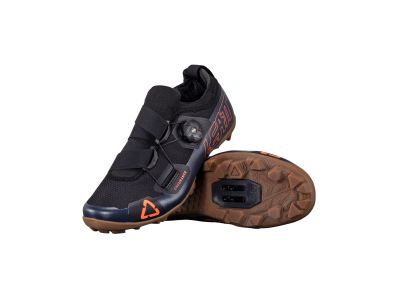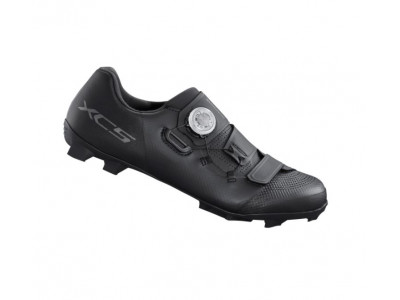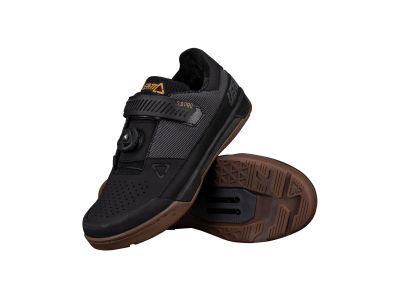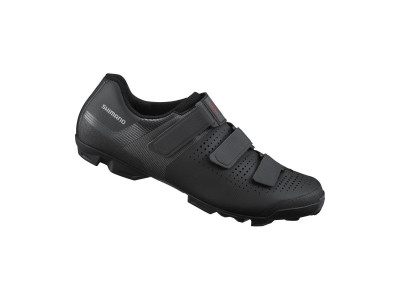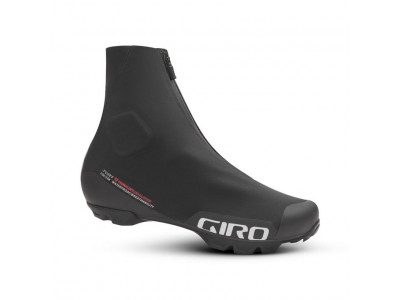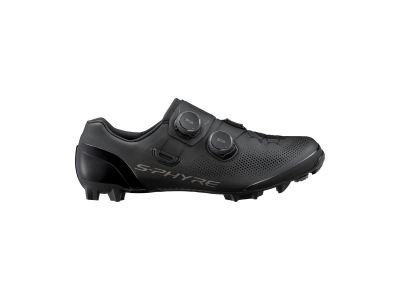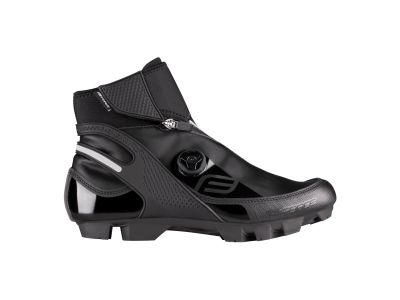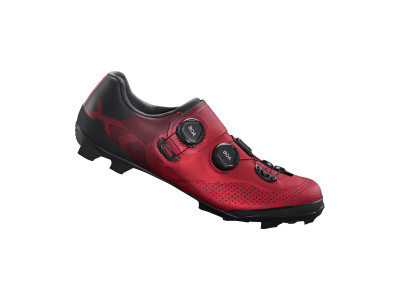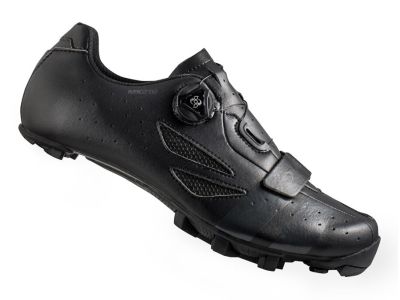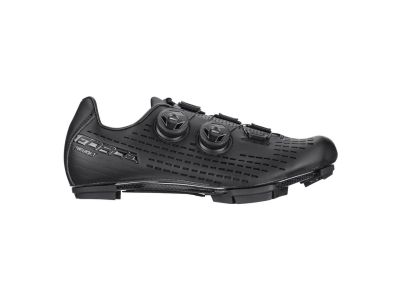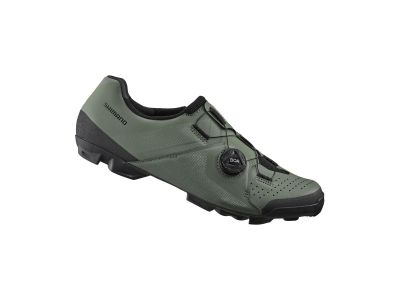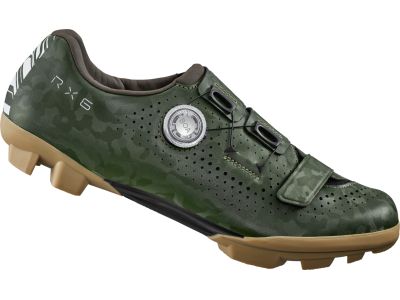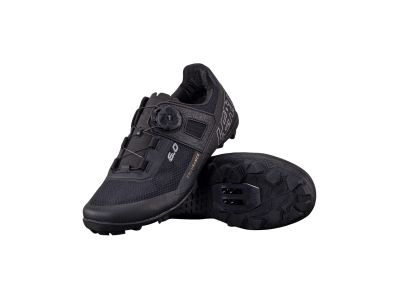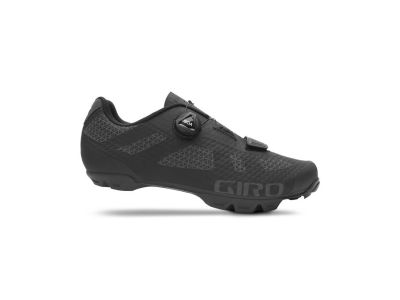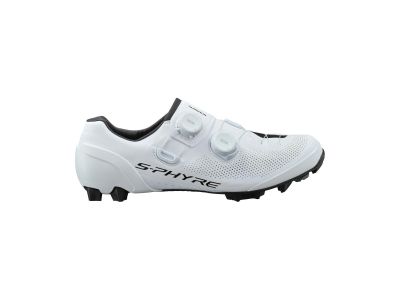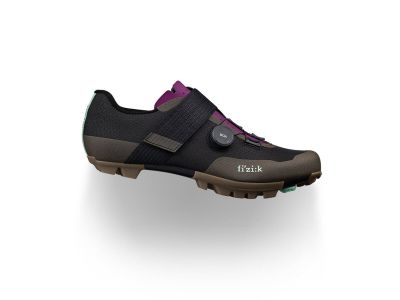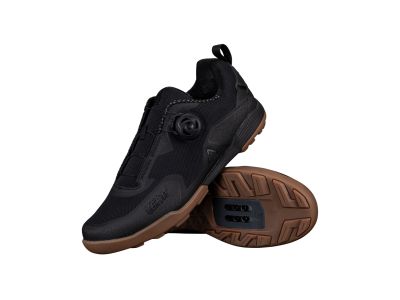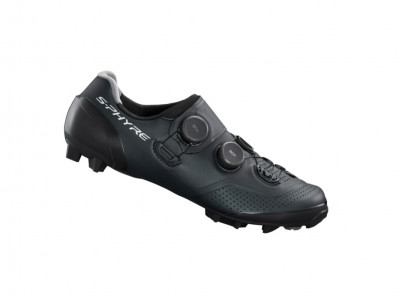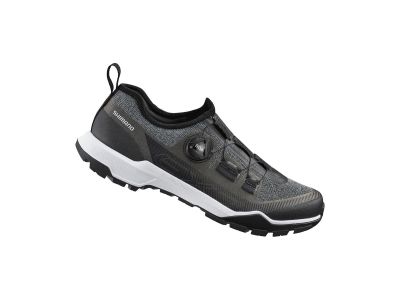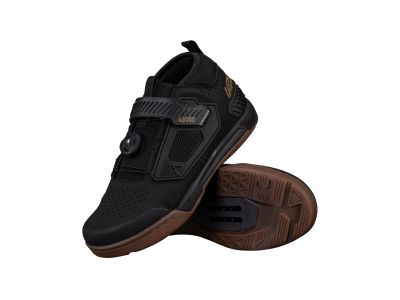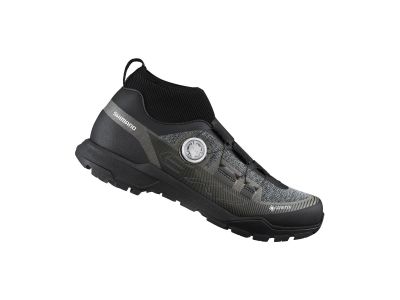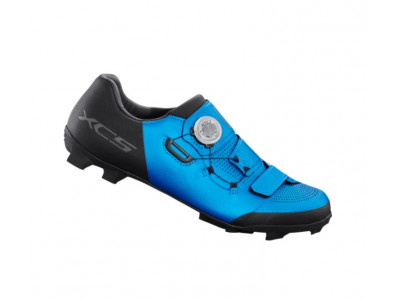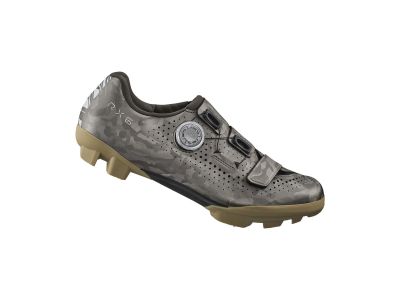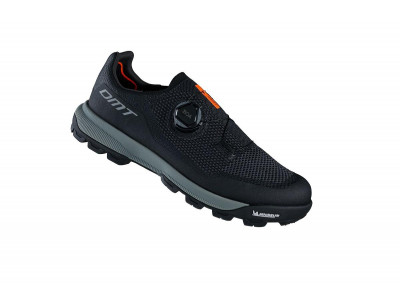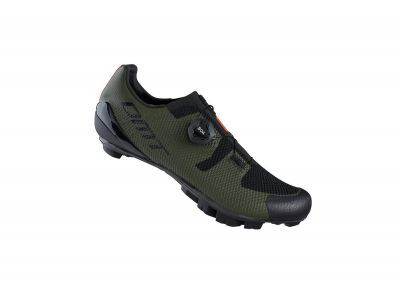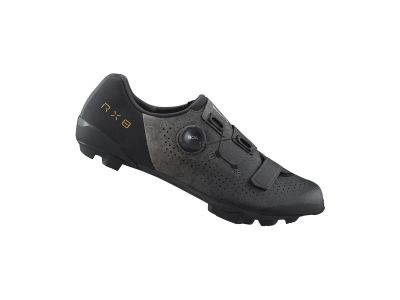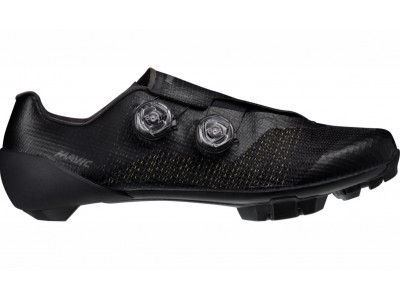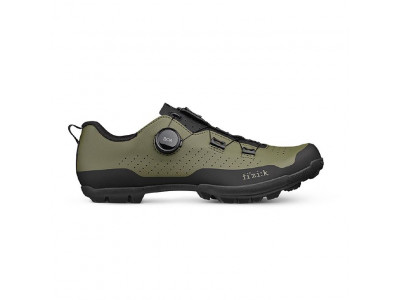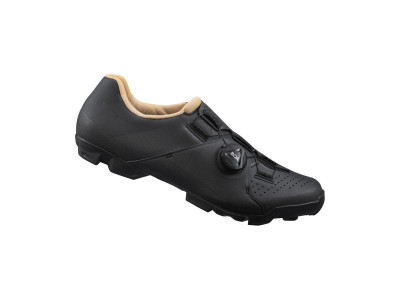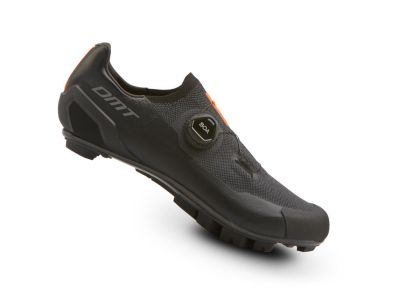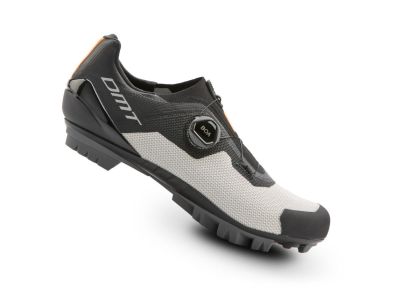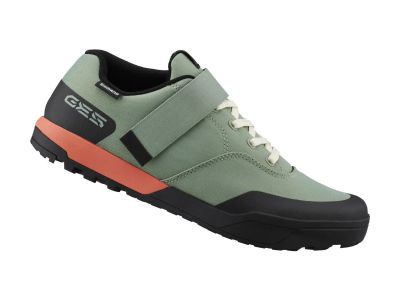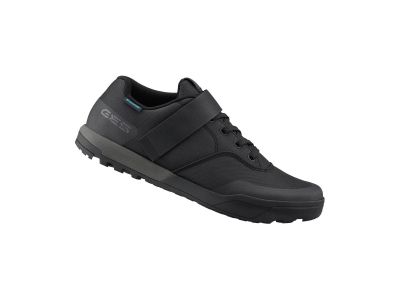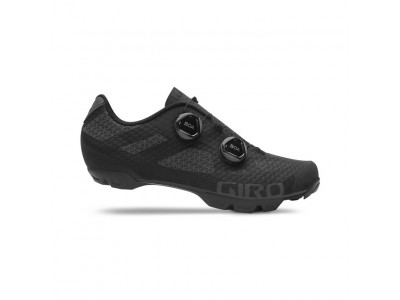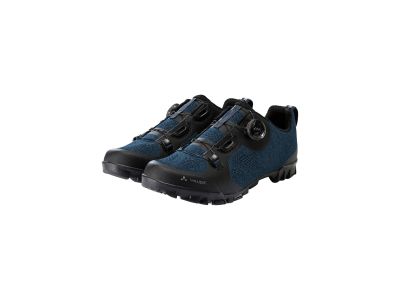Cycling shoes are an excellent helper for cyclists. Their design is intended for specific use, for which ordinary shoes were not made.
What are the main advantages of using cycling shoes in mountain biking?
MTB cycling shoes offer several advantages for mountain biking and off-road riders. Here are some key benefits of using cycling shoes:
- Efficient energy transfer: MTB pedals are equipped with an SPD or other locking system that maximizes energy transfer from the feet to the pedals. This ensures that the energy you expend is efficiently converted into forward motion, allowing for more efficient pedalling and better performance on the trails.
- Protection and durability: MTB shoes are designed to withstand the demands of off-road riding. They are often equipped with reinforced toe and heel reinforcements, which provide additional protection against the impact of stones, roots or other obstacles on the track. In addition, these shoes are constructed from durable materials that can withstand tough off-road conditions, ensuring longevity and durability.
- Versatility: MTB shoes are versatile and can be used for different types of off-road cycling including cross-country, trail riding, even enduro. They handle a wide range of terrains and riding styles, making them suitable for various mountain biking disciplines.
How to choose cycling shoes for mountain biking?
Picking the right mountain bike shoes is essential for comfort, efficiency, and control on the trail. Here are some factors to consider when choosing:
- Riding style: Determine your main riding style and the type of terrain in which you will ride. Whether it's cross-country, trail, downhill or enduro, each discipline can have specific footwear requirements.
- Pedal system: Determine what type of pedal system you will be using, such as SPD, Crankbrothers, or Time. Make sure the shoes you pick are compatible with your pedal system.
- Fit and comfort: Proper fit is critical for comfort and performance. Consider the size, width, and support of the shoe arch. Try different brands and models to find a shoe that fits the shape of your foot and provides a comfortable fit. Look for shoes with adjustable closures such as Velcro straps, snap buckles or BOA controls for a secure and customizable fit.
- Sole stiffness: Sole stiffness affects energy transfer and efficiency. A stiffer sole provides better energy transfer, which converts more energy into forward movement. However, stiff soles can be more uncomfortable when walking. Consider your riding style and personal preferences when choosing the appropriate stiffness of the sole.
- Ventilation: Assess the breathability of the footwear, especially if you ride in warm or humid conditions. Look for shoes with breathable uppers, mesh panels or ventilation elements to keep your feet cool and dry during intense rides.
Are there differences between women's and men's cycling shoes?
Yes, there are differences between men's and women's cycling shoes. These differences are usually based on anatomical and physiological differences between male and female feet. Here are some common differences:
- Shoe bottom: The shoe bottom refers to the shape and contour of the sole of the shoe. Women's shoes often have a narrower bottom in the heel and forefoot area and a smaller overall volume to better fit the shape of women's feet.
- Size: Women's cycling shoes are typically available in smaller sizes. The size scale can also vary, with women's sizes typically marked using the European sizing system.
- Design and aesthetics: Specific women's shoes may have different colour finishes, patterns, or aesthetics to suit different preferences and styles. However, this may vary by make and model.
- Arch support: Women's cycling shoes can offer targeted arch support that aligns with the typically higher arch of women's feet. This can increase comfort and stability while riding.
- Padding: Women's cycling shoes may have additional padding or padding in certain areas to accommodate the unique pressure points and contours of women's feet.
